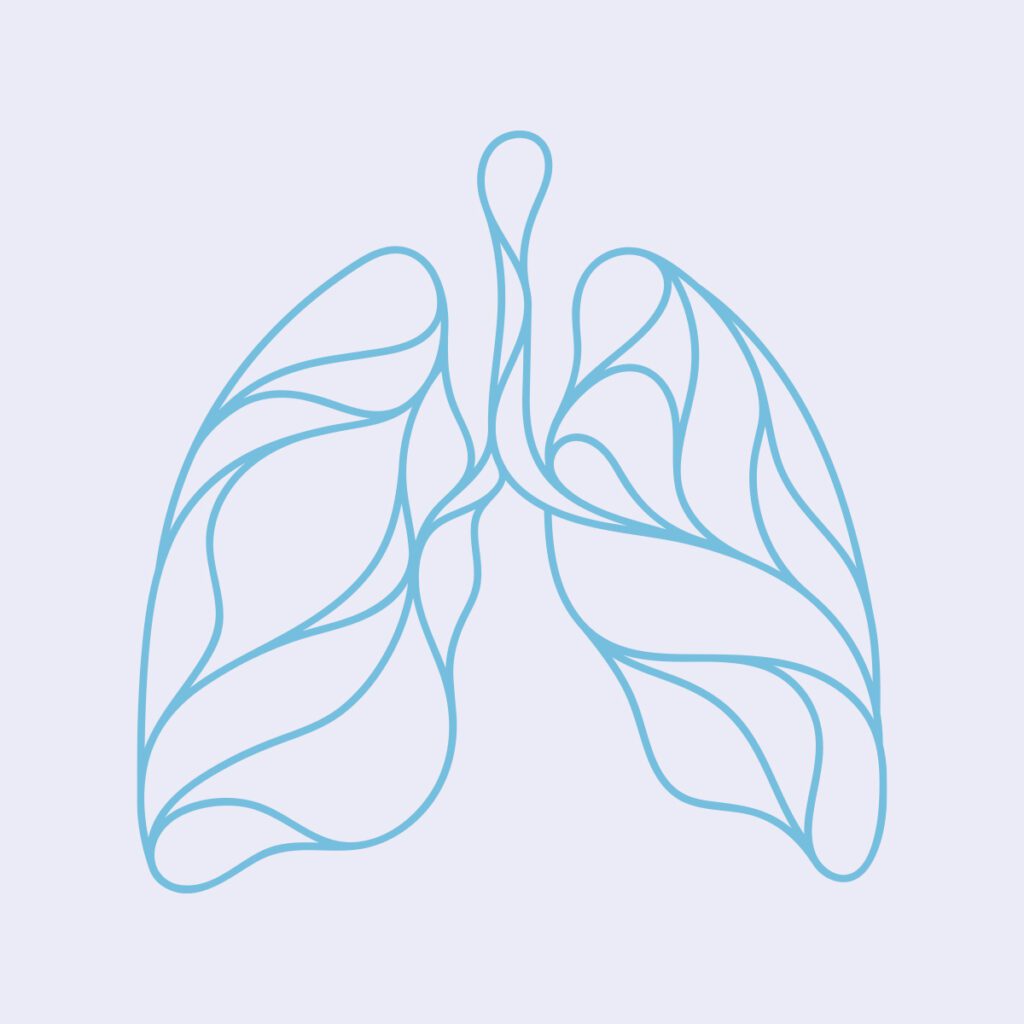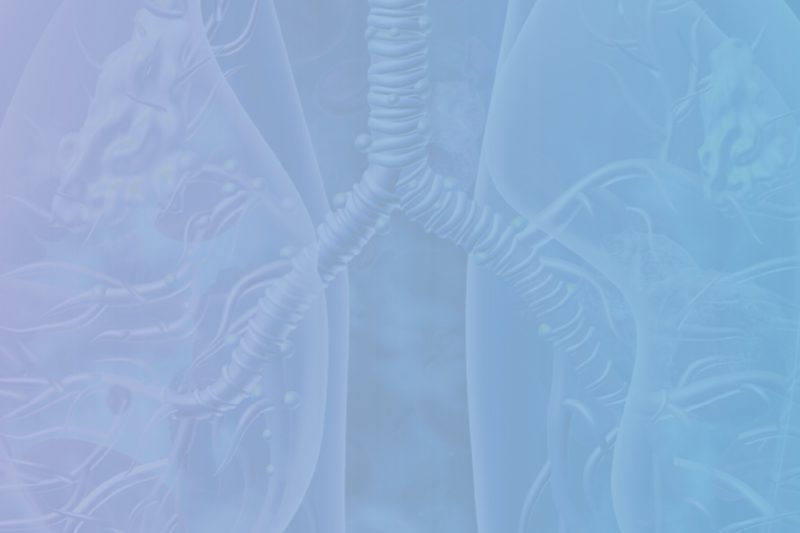What You Need to Know
Lung cancer is the third most commonly diagnosed cancer in the United States, but it claims more lives than any other type of cancer each year. Second to heart disease, lung cancer is the greatest health risk in Tennessee and throughout the country, but decades of misguided messaging have created a stigma that makes it difficult for doctors to properly address this health crisis. In honor of Lung Cancer Awareness Month, which takes place in November, we’re sharing important information about this misunderstood disease. Read on to learn more.
Though more people are diagnosed with skin cancer – followed by breast cancer for women and prostate cancer for men – lung cancer has long evaded the spotlight while quietly causing more deaths than any other cancer. Physicians, like Dr. J. Rob Headrick of CHI Memorial Chest and Lung Cancer Center, believe that many of these deaths would be preventable with early detection and treatment.
The problem, Dr. Headrick says, is getting people to talk about lung cancer the same way we talk about other common cancers and diseases. “If you look at the top two things in our community that impact our health, one of them is heart disease and the other is lung cancer,” he explains. “Everybody is comfortable talking about heart disease, but nobody’s comfortable talking about the big elephant in the room, which is lung cancer.”
It’s Not Just for Smokers


One of the most harmful messages surrounding lung cancer is its nearly inseparable association with tobacco use. While it is true that smoking is the number one risk factor, the idea that only smokers end up with lung cancer is not only a difficult stigma for lung cancer patients to deal with, it is a dangerous misconception. “People have this idea that ‘if I smoke, I can and will get lung cancer. If I didn’t smoke, I’m good and I don’t have to worry about it.’ And that’s probably the biggest misnomer we’re trying to correct. The message we’re trying to share is that the only requirement for lung cancer is that you have lungs,” Dr. Headrick shares.
The stigma surrounding lung cancer can be painful for patients who are already dealing with a difficult diagnosis. “Ironically, the majority of smokers will never get lung cancer. In fact, our fastest-rising group of people getting lung cancer is female non-smokers,” Dr. Headrick continues. “I think today probably a third of my patients are non-smokers, and they really bear the brunt of the disease because people walk up to them and say things like ‘I didn’t know you smoked,’ but they didn’t smoke. They just had lungs.”
According to the CDC, about 10-20% of lung cancers occur in people who never smoked or have smoked fewer than 100 cigarettes in their lifetime. While this may seem like a small percentage, it amounts to roughly 20,000 to 40,000 cases of lung cancer each year. These cases are particularly concerning because these are people who may not have realized they were at risk, and therefore might not get a diagnosis until the cancer has progressed significantly.
Common Causes of Lung Cancer in Non-Smokers Include:
Radon: Second to smoking, radon is the leading cause of lung cancer in the United States. Radon is an invisible, odorless, and tasteless gas that occurs naturally in rocks, soil, and water but can become an indoor air pollutant when it seeps into buildings through cracks or holes. The EPA estimates that roughly 21,000 lung cancer deaths each year are caused by radon, but you can protect yourself by having your home tested and taking measures to reduce radon levels if needed.
Secondhand smoke: Exposure to smoke from other people’s cigarettes, cigars, and pipes can significantly increase a person’s risk of cancer. For this reason, it is very important to protect yourself and others from secondhand smoke.
Carcinogens in the workplace: People who are frequently exposed to cancer-causing agents in the workplace such as arsenic, uranium, asbestos, and diesel exhaust should take steps to protect themselves by following any workplace safety protocols, wearing personal protective equipment, and limiting exposure.



The message we’re trying to share is that the only requirement for lung cancer is that you have lungs.”
Dr. Headrick
Genetic predisposition: If you have a family history of lung cancer or a personal history of another type of cancer, you are at increased risk for lung cancer.
Lung Cancer Is Highly Treatable in Early Stages



There is a common misconception that lung cancer is exceedingly difficult to treat, but that is another harmful idea contributing to this health crisis. People may put off a diagnosis if they don’t believe there is any hope for successful treatment, but the truth is that lung cancer is highly treatable when it’s caught in the early stages. “It’s a one-day surgery or four days of radiation. You don’t even have to miss work,” Dr. Headrick says. “We have an opportunity to take a disease that has such a disruptive impact and convert it into something that’s really easy to treat.”
According to Dr. Headrick, screening is one of the best ways to combat lung cancer by catching it before it becomes a more significant problem. He explains, “Lung cancer has no symptoms until it’s in the latter stages. When someone starts feeling bad and having symptoms from lung cancer, there’s an 80% chance that it has already advanced, and the prognosis is going to be extremely poor. But if we find someone with lung cancer through a screening program who has no symptoms, there’s a good chance that the cancer will be early stage and there’s a 90% chance of curing it.”
Physicians are finding new ways to make lung cancer screening more readily available in the hopes that they can catch more cases in the early stages. CHI Memorial, for instance, has implemented the Breathe Easy mobile CT scan unit, which Dr. Headrick hopes will encourage more people to be proactive about their lung health.
“It’s a three minute test. With the mobile unit, it’s about a seven and a half minute visit. It’s just about the easiest screening test in the world – there’s no bowel prep, there’s no scopes, there’s no pain. But the value that comes from it is incredible,” he says.
Currently, the U.S. Preventive Services Task Force recommends yearly lung cancer screening for people between 50 and 80 years old who have at least a 20 pack-year (smoking an average of one pack of cigarettes per day for one year) smoking history and currently smoke or quit within the past 15 years. These parameters are meant to identify adults who are at the highest risk of lung cancer, but Dr. Headrick believes that as our understanding of lung cancer evolves, this recommendation will evolve to focus more on family history, exposure history, and other risk factors that come into play. If you are at increased risk of lung cancer, it is certainly worth discussing screening options with your physician.



J. Rob Headrick, MD
Chief of Thoracic Surgery, CHI Memorial Chest and Lung Cancer Center

